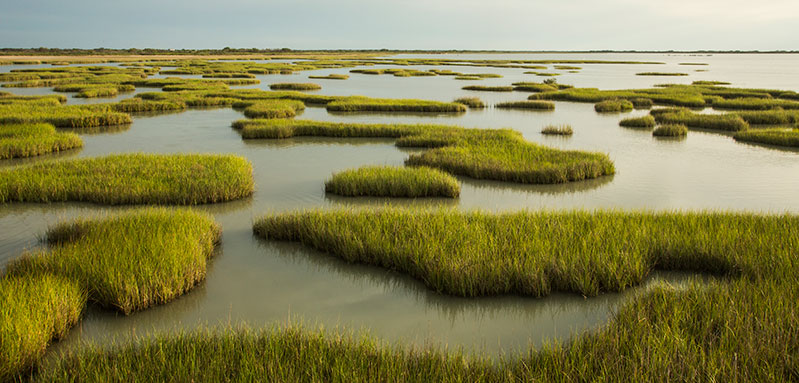
Sixth Circuit Will Hear Challenges to Waters of the U.S.
On June 29, 2015, the Environmental Protection Agency (EPA) and the U.S. Army Corps of Engineers (the Corps) finalized their much-discussed joint Clean Water Act (CWA) “Waters of the United States” definition and rule.
The new rule dramatically expands jurisdiction under the Clean Water Act and the ramifications of the rule are enormous for business—especially for the home building, land development, construction and transportation infrastructure sectors. The U.S. Chamber of Commerce concludes that under the new rule, “virtually any business that owns or operates a facility or has property would be adversely affected, particularly if it has ditches, retention ponds for storm water runoff, fire/dust suppression ponds, or other surface impoundments on site.” The rule has been blocked by courts, putting off implementation of the new rule while they determine jurisdiction for the multiple lawsuits filed.
Advertisement
The rule subjects the Texas Coastal Prairie Wetlands to subjective case-by-case analyses and regulators are directed to consider them as a system. Essentially, the EPA is attempting to “clarify” jurisdictional lands and the “Waters of the U.S.” in the new rule. Dozens of stakeholders, including the NAHB, have sued the EPA in numerous jurisdictions across the nation, including Texas.
If the Texas specific part of the rule is permitted to stand, the economic vitality of our region will be severely damaged and land owners will have to forego the use of their property. The Texas portion of the new rule is a broad, subjective, “catch-all” approach derived by regulators to establish jurisdiction over vast swaths of land.
Land use options will be restricted, financing of projects will be jeopardized, permitting and compliance costs will significantly increase, regulatory uncertainly and construction delays will take place, and mitigation costs for developers will increase because the new rule will make it easier for the Corps to regulate more wetlands located along the Gulf Coast.
On November 9, 2015, the GHBA, along with other development stakeholders (TARGET), filed a Petition for Review with the Sixth Circuit. While other lawsuits seek to take down the entire rule, our legal strategy is designed to remove the weakest, most capricious, and scientifically vulnerable portion of the rule—the Texas Coastal Prairie Wetlands provision.
Additionally, a Petition for Review in the Fifth Circuit was filed on November 10, 2015, and the Complaint for Declaratory and Injunctive Relief was filed in the Southern District of Texas, Galveston Division, on November 13, 2015. All suits are identical to each other, but were submitted to different courts as they each preside over different jurisdictions.
As mentioned, the courts had blocked the implementation of the rule in order to determine jurisdiction. However, on February 22, 2016, the Sixth Circuit panel decided to hear consolidated suits over EPA’s water rule. Typically, the case would now turn to scheduling and briefing, with the parties agreeing to a timeline for drafting briefs, after which briefs would be submitted and, sometime later, oral arguments scheduled and then heard. The entire process could take months, possibly stretching into more than a year.
In light of this recent decision, the stakeholder members of TARGET, including the GHBA, are consulting with counsel on next steps in proceeding with the lawsuit. All TARGET participants are requesting that respective members of our industry-related associations get involved and financially support this cause. GHBA has already financially committed and will continue to support these lawsuits, but we need individual members to commit as well.
